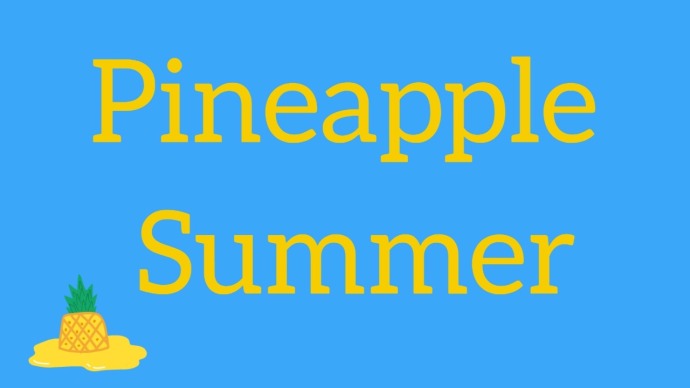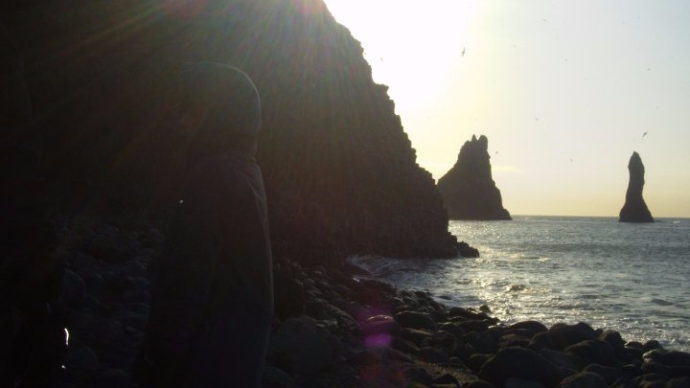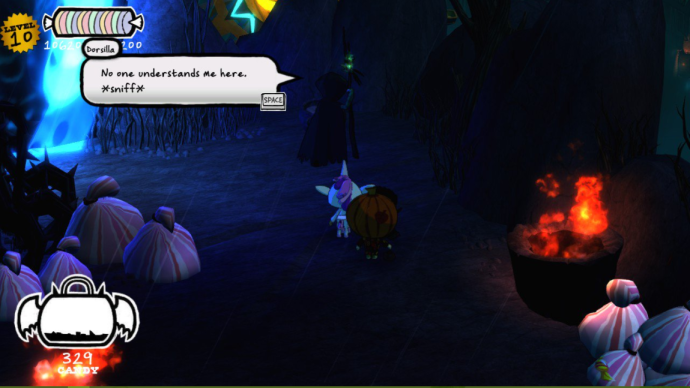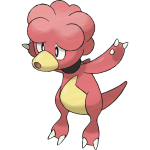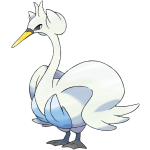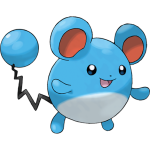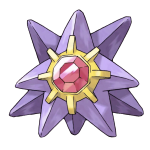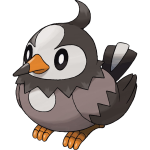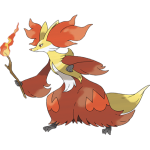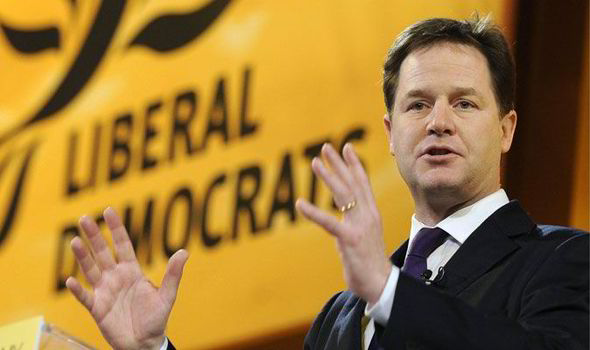It’s of endless fascination to me the difference in naming customs from country to country, and one particular country I always think of is Iceland.
Iceland is a Nordic country found to the north-west of the British Isles between the North Atlantic and Artic Ocean. Despite this, Iceland is considered a part of Europe, and it the most sparsely populated country in the continent. First settled in 874 AD by a Norwegian chieftain, Iceland has a long history linking it to the Scandinavian countries. It eventually became independent from Denmark in 1918 after centuries of rule by Norway and then Denmark, but the effects are still felt. Until recently, Danish was taught in schools, until the inevitable takeover of the pesky English language.
Due to centuries of influence, Icelandic culture is closely linked to Scandinavia. Unlike their Scandinavian friends who have since adopted current Western surname systems (i.e. father’s surname passed to all children), they continue to use the traditional Nordic system of surnames (although in many Nordic countries it has since been reintroduced as an option.)
In the Icelandic system, a person’s surname indicates the first name of their father (patronymic), or in some cases the mother (matronymic). This remains a widespread practice, although family names in the western sense do exist, mostly due to immigration. What this means is that when Jón has a a son, that son will take Jónsson as a surname, whilst a daughter would take Jóndóttir, not Jón’s own surname of Ólafursson, like we would presume to in the Western world. It’s also not unheard of if Jón father was actually called Einar Ólafur Arnarsson, but instead of being called Jón Einarsson, he was given the name Jón Ólafursson. Most cases, this is because Jón’s father might have been better known by his middle name. Or it could simply be because Jón’s parents liked the sound of Jón Ólafursson over Jón Einarsson.
Before 1925, it was perfectly legal to adopt a new family name, however since then one cannot unless you show you have the right to through inheritance, i.e. you can’t just pick a random new surname for your family, but the Cook family from Berwick-Upon-Tweed may continue to use Cook.
The flip side of this is when people from Iceland emigrate to, say, Gibraltar. They tend to abandon the traditional Icelandic naming system, favouring instead to adapt to the naming conventions of their country of residence, in most cases by retaining the patronymic of their first ancestor to immigrate to the new country as a permanent family surname.
Aside from surnames, Iceland is also well known amongst the naming community for it’s pretty strict rules regarding first names, which must be approved for use by the Icelandic Naming Committee. You might consider this unfair, until you factor in the thought that little Blaziken Jónsson will likely go on to pass on his first name as a surname – and then the need for rules suddenly becomes clearer.
There are criteria which a name must satisfy before being accepted for use:
- Must be easily incorporated into the Icelandic language
- Must contain only letters found in the Icelandic alphabet
- Must be able to be declined according to the language’s grammatical case system
Gender-inappropriate names are normally not allowed; however, in January 2013, a 15-year-old girl named Blær (a masculine noun in Icelandic) was allowed to keep this name in a court decision that overruled an initial rejection by the naming committee.
Further up I mentioned the less common practice of matronymic naming, wherein the mother’s name is used instead. Continuing the example above, Jón could also have been named Jón Brynjuson (taking his mother Brynja’s name) – or even more uncommon is taking both: Jón Ólafursson Brynjuson.
Most cases of matronymic naming is similar to the reasons in the Western world for baby John to take his mother’s surname over the father’s, i.e. the biological father is not like to be a part of the child’s life, or maybe the mother is making a social statement.
One of the most fascinating impacts of this naming is found in a telephone directory, where people are listed by their first name rather than surname. When it comes to formal address, first names are again used, i.e. Jón Ólafursson would be introduced as either Jón Ólafursson or (more commonly) simply Jón – never Mr Ólafursson. Indeed, if Jón was at a social event with a man named Jón Dagursson, they would be referred to as Jón Ólafurs and Jón Dagurs instead as a way of distinguishing between the pair, with the ‘son’ part dropped – or would be referred to as Jón Stéfan and Jón Eggert (their middle names). These days, middle names tend to be the distinguishing factor.
I could talk about this fascinating style of naming at great lengths, but I think I’ll leave it there.

